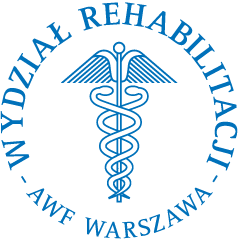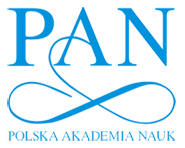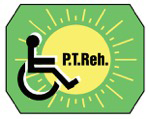


|
Current issue
Archive
Manuscripts accepted
About the journal
Editorial board
Reviewers
Abstracting and indexing
Contact
Instructions for authors
Publication charge
Ethical standards and procedures
Editorial System
Submit your Manuscript
|
2/2024
vol. 38 abstract:
Review paper
The role of physiotherapy interventions in alleviating physical symptoms and improving quality of life in individuals with premenstrual syndrome: A systematic review and meta-analysis
Advances in Rehabilitation, 2024, 38(2), 61–70
Online publish date: 2024/07/08
View
full text
Get citation
ENW EndNote
BIB JabRef, Mendeley
RIS Papers, Reference Manager, RefWorks, Zotero
AMA
APA
Chicago
Harvard
MLA
Vancouver
Premenstrual syndrome (PMS) is a common disorder affecting women of reproductive age. PMS often begins 6 to 12 days before menstruation and ends two to four days after its onset. PMS has a negative impact on physical and mental health. The aim of this study is to determine the effectiveness of various physiotherapeutic approaches in managing PMS-related discomfort, enhancing overall well-being, and improving quality of life. The Google Scholar, PubMed, and Medline databases were searched for articles published in the period 2013-2023. This systematic review with meta-analysis was conducted from February 2024 to April 2024. The study corpus comprised randomized controlled trials, randomized clinical trials, and pre-post experimental studies. The Visual Analog Scale (VAS), Premenstrual syndrome scale (PMSS), Numeric Pain Rating Scale (NPRS), and Beck Depression Inventory scale (BDI) were used as outcome measures. The 14 studies included in this review were screened independently by the three authors, who also extracted the data. The meta-analysis was performed using a random-effect model. Physiotherapy interventions were found to significantly reduce depression compared to controls (p < 0.001). Additionally, physiotherapy was more effective in reducing pain compared to controls, with a mean difference in VAS score (95% CI) of 2.84 [-1.75, 7.43] between the two groups. The present results show that physiotherapy interventions can be promising and very effective in alleviating premenstrual symptoms and improving quality of life.
keywords:
female, physical therapy modalities, premenstrual syndrome, quality of life |
    |